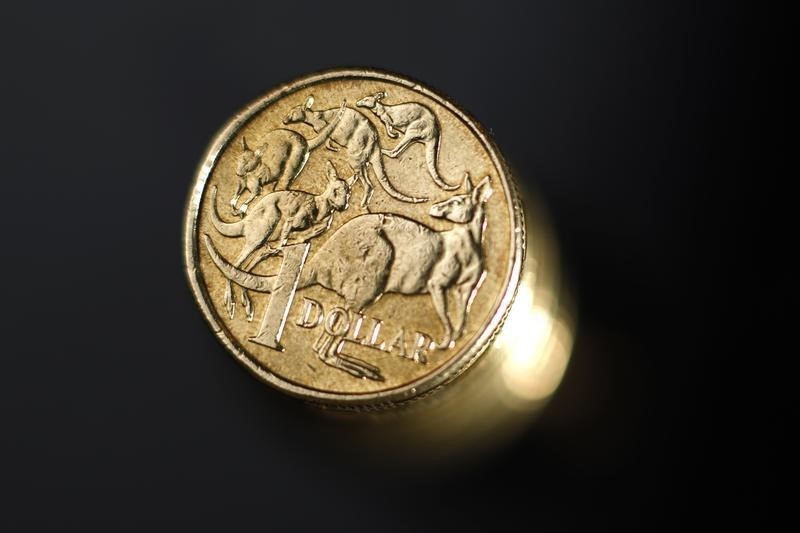Investing.com - The Aussie and yen fell in Asia on Monday with trade data out of China showing a better than expected balance surplus, but dismal imports.
USD/JPY changed hands at 102.02, up 0.23% after a narrower than expected trade surplus in Japan, while AUD/USD traded at 0.7611, down 0.08% with the currency's fortunes closely-tied to trade with major partner China.
China said trade balance for July came in at a surplus of $52.31 billion, better than $47.6 billion expected, with exports down 4.4%, below the 3.0% fall seen and imports showing a 12.5% decline, far worse than the down 7.0% seen, both year-on-year.
Earlier in Japan, the adjusted current account came in at ¥1.65 trillion, well below the surplus of ¥3.20 trillion for July expected. Bank lending rose 2.1%, beating the expected 2.0% gain.
In China, FX reserves came in at CNY3.2 trillion, meeting expectations.
Outside the G7, traders will be awaiting a monetary policy announcement from the Reserve Bank of New Zealand on Wednesday amid growing expectations for a cut in interest rates.
The U.S. dollar index, which measures the greenback’s strength against a trade-weighted basket of six major currencies, fell 0.07% to 96.12.
Last week, the U.S. dollar rallied after data showed U.S. employment increased more than expected in July, raising the probability of an interest rate hike from the Federal Reserve this year.
The U.S. economy added 255,000 jobs last month, well above expectations for 180,000, the Labor Department said on Friday. June’s number was revised up to 292,000 jobs compared with the previous estimate of 287,000.
Meanwhile, the unemployment rate held steady at 4.9%, as more people entered the labor market.
The report also showed that average hourly earnings rose month-on-month by 0.3%, beating expectations for a 0.2% gain. They were up 2.6% on the year.
The upbeat data reignited speculation that the Federal Reserve will lift interest rates this year. Fed funds futures are currently pricing in a 15% chance of a rate hike by September. December odds were at around 44%, up from 33% ahead of the report.
